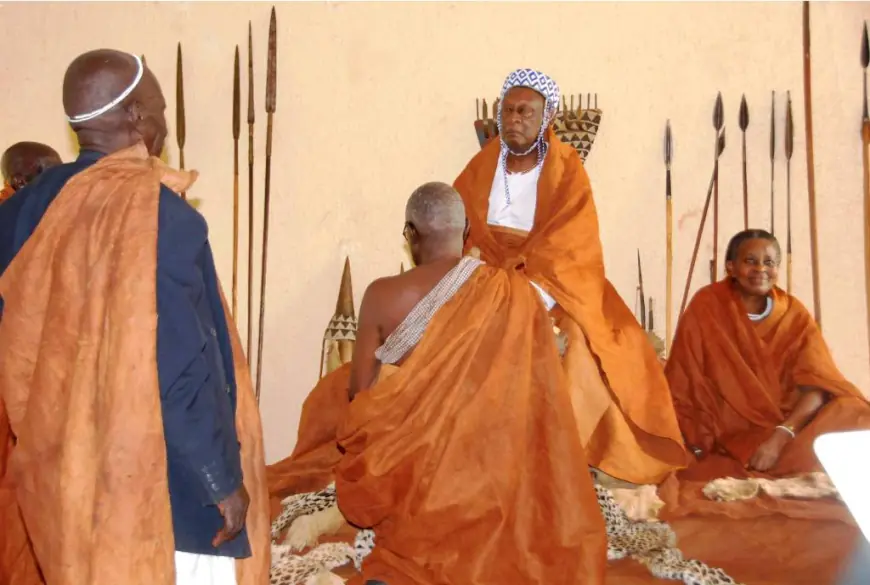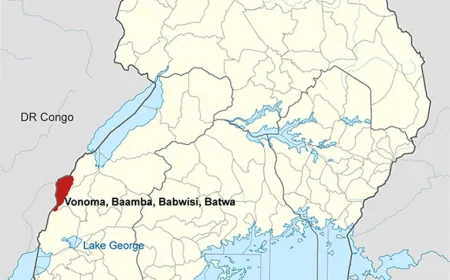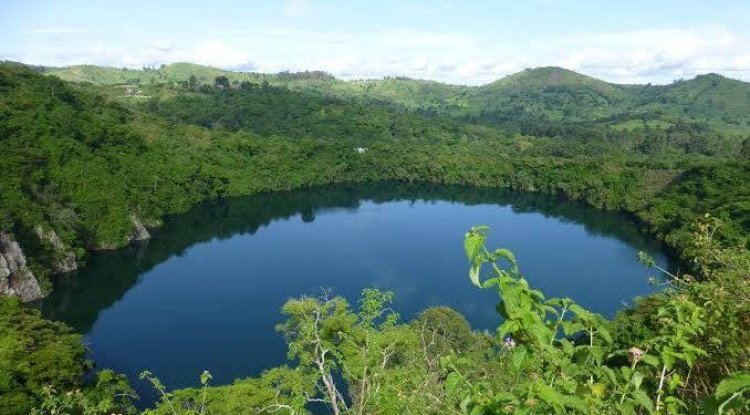The Banyoro: A Proud and Ancient Tribe
The Banyoro are a proud and old tribe from Uganda with a rich and fascinating culture, history, and language.

The Banyoro are one of several ethnic groups that live in Uganda, a diverse and lovely country. They have a rich and fascinating culture, history, and language that reflect their extensive and intricate contacts with other peoples and kingdoms in the area. In this essay, we will look at some of the Banyoro tribe's distinctive and unusual characteristics that are rarely discussed in blogs.
Origins and Migration of Banyoro
The Banyoro are part of the wider Bantu-speaking population, which originated in the Congo region and migrated to various parts of Africa over generations. The Banyoro are thought to have settled in their current area in western Uganda in the 14th century. They live in communities on a well-watered and fertile plateau, where they cultivate crops and raise livestock.
The Banyoro are closely linked to other Bantu peoples in the region, including the Batooro, Banyankole, Bakiga, and Bahema peoples. They have numerous cultural and linguistic similarities, but also significant variances that represent their unique identity and past.
The Kingdom of Bunyoro-Kitara and its Glory
The Banyoro are the natives of Bunyoro-Kitara, a powerful and influential monarchy in Central and East Africa from the 13th to the 19th centuries. The King (Omukama) of Bunyoro-Kitara governed as the kingdom's supreme leader and spiritual head. The current ruler is Solomon Iguru I, the 27th Omukama.
After the Empire of Kitara collapsed in the 16th century, the Kingdom of Bunyoro-Kitara was created. The Abatembuzi were the founders of Kitara, and they were followed by the Abachwezi. The Abachwezi were legendary beings who were claimed to have magical powers and to have invented ironworking, cattle-keeping, and kingship in the region.
The kingdom of Bunyoro-Kitara peaked in strength and grandeur in the 18th century, when it ruled practically the entire territory between Lake Victoria, Lake Edward, and Lake Albert. It had the best metallurgy in the region, making it the dominant military and economic power in the Great Lakes region. It also controlled lucrative trade routes over Lake Victoria and was connected to the Indian Ocean coast, where it sold ivory, salt, iron, and slaves to Arab and European merchants.
Bunyoro-Kitara was also noted for its extensive and diversified culture, which included art, music, dance, literature, and religion. The Banyoro had a complex and sophisticated system of governance, social structure, and justice that was organized around clans, lineages, and age groups. The Banyoro also revered nature and the environment, and they believed in ghosts and ancestors who guided their lives.
The Decline and Resistance of the Banyoro
The kingdom of Bunyoro-Kitara began to crumble in the late 18th century as a result of internal disputes, external invasions, and natural disasters. Several factors contributed to its decline, including:
-
The huge province of Toro seceded in the 1830s, claiming much of the kingdom's salt mines and cattle population.
-
The neighboring kingdoms of Buganda, Rwanda, and Ankole expanded, capturing portions of Bunyoro-Kitara's vassal states and lands.
-
British colonialists arrived in the late nineteenth century, favoring Buganda over Bunyoro-Kitara and imposing treaties, levies, and boundaries that decreased the kingdom's strength and autonomy.
-
The emergence of diseases, including sleeping sickness, smallpox, and rinderpest, destroyed the kingdom's population and livestock.
Despite these obstacles, the Banyoro refused to give up their battle for freedom and dignity. They opposed British colonial rule and Buganda dominion in a variety of ways, including:
-
The Nyangire uprising of 1907, led by Princess Yolamu, prompted the Banyoro to refuse to pay taxes and boycott colonial rule.
-
The Banyoro Agreement of 1933 returned some of the Banyoro's land and rights, which had been seized by the British and Baganda.
-
Kabalega Day honors the death of Omukama Kabalega, one of Bunyoro-Kitara's most respected and courageous rulers. He fought the British and the Baganda for more than 20 years before being caught and banished in 1899.
The culture and language of Banyoro
The Banyoro's culture is rich and diverse, reflecting its history, values, and beliefs. Some characteristics of their culture include:
-
Empaako is a pet name or praise name bestowed upon a person at birth or later in life. The empaako is a symbol of respect and affection that is commonly used while welcoming someone or addressing elders, family, or friends. There are 12 empaako in Banyoro culture, including Akiiki, Apuuli, Araali, and Bala.
-
The Okuratah is a ceremonial way to greet the King (Omukama) when his subjects visit him at a specific time and location, using different words depending on the time of day. The monarch would not respond vocally, instead making gestures with his hand or spear.
-
Okwabya Olumbe is a burial ritual. The Banyoro believe that the deceased continue to exist in the spirit world and must be acknowledged and appeased. The funeral ritual consists of slaughtering animals, serving food and drinks, performing music and dance, and inviting relatives and friends to grieve and honor the life of the departed.
The Banyoro speak Runyoro, a Bantu language from the Niger-Congo family. It is spoken by around 800,000 people in Uganda, primarily in the regions of Masindi, Hoima, and Kibale. Some individuals in the neighboring countries of Congo and Tanzania speak it as well.
Runyoro has several dialects, including Buruli, Nyoro, Kibale, and Bwera. It has a difficult grammar and a large vocabulary, including words from Swahili, Arabic, and English. It is written using the Latin alphabet, with extra characters like ŋ, ɲ, and ɛ.
Runyoro is one of Uganda's official languages, which is taught in schools and utilized in the media and literature. Okot p'Bitek, John Nagenda, and Grace Mera are a few well-known authors and poets who have included Runyoro in their compositions.
Conclusion
The Banyoro are a proud and old tribe from Uganda with a rich and fascinating culture, history, and language. They have encountered numerous hurdles and suffered, but they have also demonstrated tenacity and courage. They have contributed to Uganda's progress and variety, and they continue to protect and promote their culture and identity. The Banyoro are people worth meeting and learning from.
What's Your Reaction?
 Like
1
Like
1
 Dislike
0
Dislike
0
 Love
0
Love
0
 Funny
0
Funny
0
 Angry
0
Angry
0
 Sad
0
Sad
0
 Wow
0
Wow
0













































































